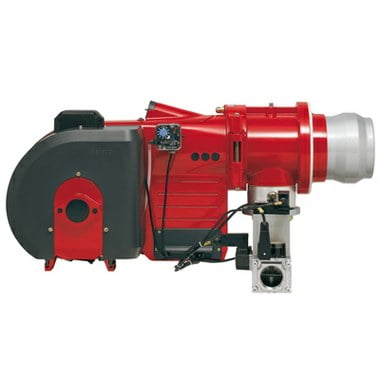
Burning Bright: Optimizing Your Burner for Fuel Efficiency
In today’s world, where energy costs are rising and environmental concerns are paramount, optimizing your industrial burner’s performance for fuel efficiency isn’t just a good idea, it’s a necessity. Not only can it save you money, but it also reduces your carbon footprint and minimizes environmental impact. But where do you start? Here are some key steps to consider:
1. Know Your Burner: Different burner types require different optimization strategies. Familiarize yourself with your specific burner model, its capabilities, and the manufacturer’s recommendations for optimal performance. Consult manuals and technical specifications to understand its fuel type, combustion settings, and maintenance requirements.
2. Embrace Regular Maintenance: Neglecting maintenance is a recipe for inefficiency. Regularly inspect and clean your burner, ensuring all components are in good working order. Replace worn-out parts like nozzles and seals promptly to prevent fuel leaks and improper combustion. Schedule professional maintenance at recommended intervals for comprehensive evaluations and adjustments.
3. Fine-Tune the Air-Fuel Ratio: The air-fuel ratio is the delicate balance between air and fuel entering the burner. An inaccurate ratio leads to incomplete combustion, wasted fuel, and increased emissions. Utilize combustion analyzers to accurately measure and adjust the ratio for optimal efficiency. Seek assistance from qualified technicians for complex adjustments.
4. Upgrade Your Controls: Consider upgrading your burner control system to a more advanced model. Modern systems offer precise control over combustion parameters, allowing for automatic adjustments and optimization based on operating conditions. This can significantly improve fuel efficiency and minimize emissions.
5. Invest in Heat Recovery Systems: Capture waste heat generated by your burner and utilize it for other processes. This can preheat combustion air, generate hot water, or even power other equipment, dramatically reducing your overall energy consumption and saving you money.
6. Embrace Automation: Consider automating specific operational aspects of your burner. Automated burner management systems can continuously monitor and adjust various parameters based on real-time data, ensuring optimal performance and fuel efficiency, even during fluctuating operational conditions.
7. Optimize Operational Practices: Train your operators on proper burner operation procedures. Implement practices like minimizing unnecessary burner idling and ensuring proper pre-purge and post-purge cycles to reduce fuel waste. Encourage a culture of energy awareness and efficiency within your team.
8. Monitor and Analyze Performance: Regularly monitor your burner’s performance metrics, including fuel consumption, emissions, and combustion efficiency. Analyze this data to identify areas for improvement and track the effectiveness of your optimization efforts. Invest in performance monitoring tools and reporting systems for accurate data collection and analysis.
9. Stay Updated on Innovations: The world of industrial burners is constantly evolving, with new technologies emerging to improve efficiency and reduce emissions. Stay informed about industry trends and advancements, consider participating in training programs, and explore the feasibility of incorporating newer technologies into your burner system.
10. Partner with Experts: Don’t go it alone. Consult with burner manufacturers, energy efficiency specialists, and other experts in your industry. They can provide valuable advice, conduct comprehensive audits, and recommend customized optimization strategies tailored to your specific needs and equipment.
Remember: Optimizing burner performance for fuel efficiency is an ongoing process, not a one-time fix. By implementing these steps, and continuously monitoring and evaluating your efforts, you can significantly reduce your fuel consumption, save money, and contribute to a greener future.
